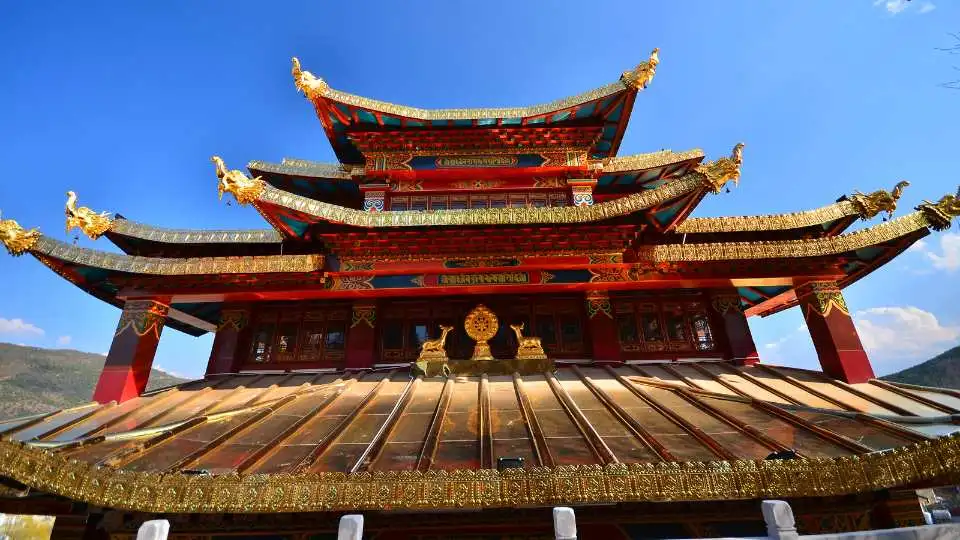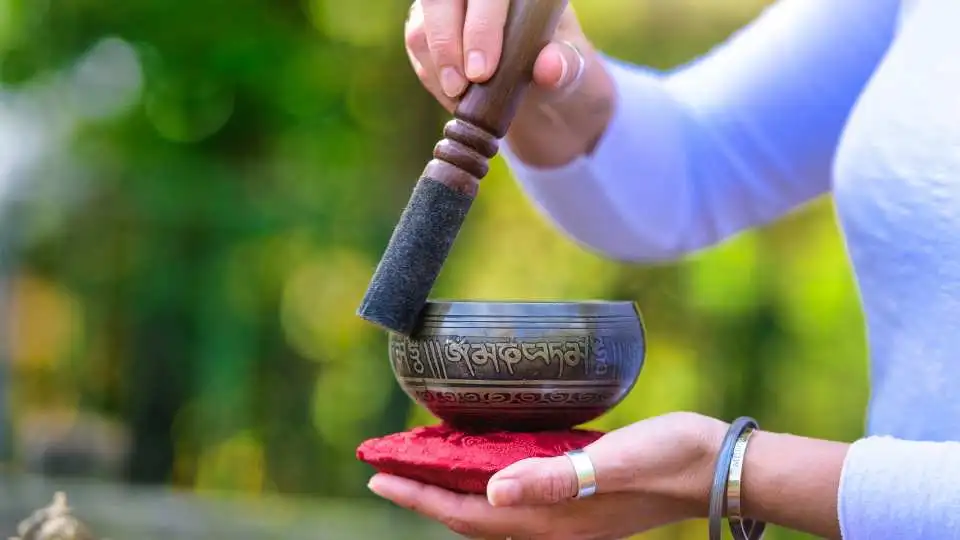Tibetan Usui Reiki
Traditional Reiki has spread all over the world
Tibetan Reiki, also known as Tibetan Usui Reiki, is a spiritual healing practice that focuses on restoring balance within our energy system and works on multiple levels, including physical, mental, emotional, spiritual, and social aspects. It is inclusive and can benefit individuals of all ages, health conditions, and religious beliefs. Like other Reiki practices, it is based on the Usui System of Natural Healing and utilizes the same universal energy.
So, what sets Tibetan Reiki apart from other forms of Reiki? The Tibetan Usui system consists of four levels: the first, second, third, and expertise levels. Each level corresponds to an activation ceremony or adjustment of the energy channels. Another notable difference lies in the Reiki symbols used. In Tibetan Reiki, there are seven to nine symbols, depending on the specific case. These symbols include Tibetan Dai-Ko-Myo, Raku, Serpent Fire, Fire Dragon, and Tummo


Contrary to popular belief, the Tibetan Usui system was actually created by an American master named William L. Rand. Rand drew upon the teachings of Mrs. Tanaka Hawayo, the master responsible for introducing Reiki to the Western world. He expanded upon the traditional Reiki techniques by incorporating additional healing arts such as psychic surgery and healing attunement.
Fundamentally, Tibetan Reiki is a fusion of Traditional Reiki (Usui Shiki Ryoho), Raku Kei Reiki, and William L. Rand’s own contributions.